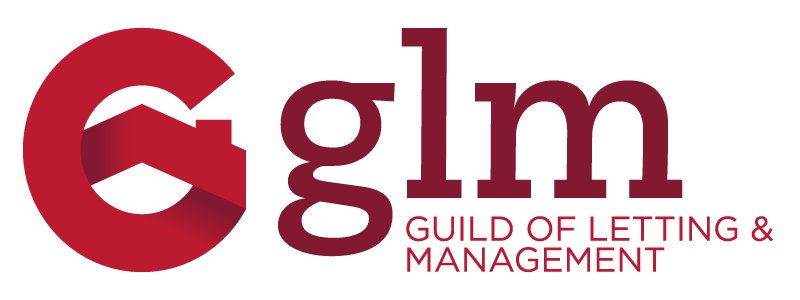A Guide to Protecting Rental Properties against Snow and Ice
With the onslaught of winter, action is required to keep properties/homes in good working order, especially in these times of the cost of living crisis. Differing extremities of weather can bring the need to adapt general maintenance and upkeep of the dwelling.
Preparation – Having an early ongoing contingency plan in place is far wiser than leaving the whole winter extreme weather to chance. Risks, hazards, and legal claims can be an easily avoided expensive outcome. Ensuring both Landlords and Tenants work together, putting winter protocol briefings in place before the bad weather hits is a surefire way of making it through the cold snap unscathed.
There is no room for complacency. It is prudent for all to take protective measures. Even the most experienced landlords need to be ahead of the game.
Keeping properties safe and functional can be achieved by taking on board some practical guidelines. From the outset, good, clear communication between landlord and tenant is a must. This will cancel out any future awkward, unnecessary and/or uncomfortable accidents, misunderstandings, or claims.
Here are some tips on how to best deal with these current sub-zero temperatures:
Freezing Pipes - These can be one of the greatest hazards and inconveniences of all. If your pipes freeze, they will prevent appropriate water drainage and will back up the whole structure's utility system. Lagging pipes in the first instance is one of the best ways to protect against freezing. If pipes are correctly insulated with foam or rubber tubing, they are more likely to stay in good shape throughout the winter months. Pipe insulation should be checked by Landlords on a regular basis. Gradual rot and deterioration can occur and signs of this should be something Landlords are looking out for. If frozen pipes are something that do transpire, then quick action to remedy is essential. It is wise to know where the main water stopcock (the master switch for waterflow) to the property is situated as this will need to be turned off in an emergency. If the tenant knows its location, they have a greater chance to deal with and possibly solve a burst frozen water pipe. If the Landlord has not communicated this information to the tenant, they may find liability for damage caused rests with them.
Remember this also applies to outdoor pipes attached to garden taps.
Snow and Ice buildup on roofs - Be aware of the first fall of snow followed quickly by freezing temperatures and then further snow. Layers of ice forming from the moisture settling on roofs can then harbor greater build-up. The pace can pick up and before long larger amounts of snow remain settled on the roof tiles. When the weather then rises the snow will melt and fall and can seep through the roof causing internal leaks and/or ice and snow can fall from the roof possibly causing hazard to persons (residents or public) walking in/out or past the property. Everything to do with the general well-being of the roof of a property must be taken extremely seriously. Major legal claims/battles could be the outcome of any severe damage and/or health risk for not having addressed appropriate maintenance by qualified contractors.
Pathways / Drives – When heavy snow and freezing conditions arise, Landlords and Tenants need to acknowledge the need for clearing ice and snow from pathways and drives, not only to be able to get in and out of the property easily but to also avoid the risk of any slips or falls. It is wise to educate all involved in the process of a rented property as to the best and safest way to clear paths and driveways and to clarify who would be liable if an accident occurs. Check tenancy agreement for any specific terms and conditions in this area.
Those managing blocks will be required to ensure that pathways, drives, car parks and other common areas are correctly monitored.
